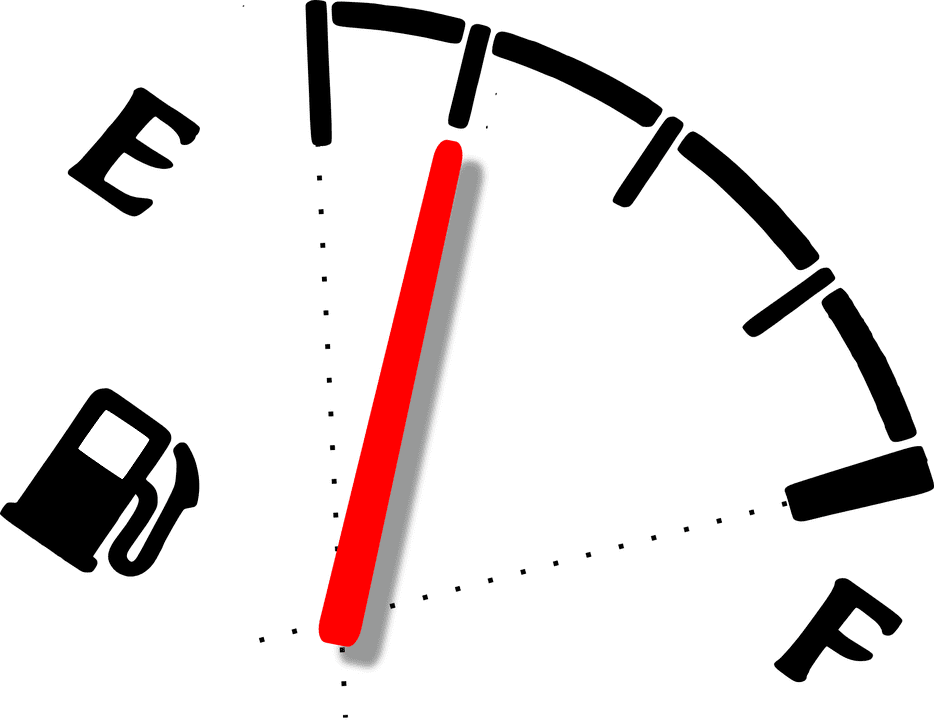Feeling stressed? A new test kit can help you see just how stressed you are — and whether you should seek help with handling it.
Researchers at the University of Cincinnati have developed a new test that can measure common stress hormones in sweat, blood, urine, or saliva. The test was designed to be as simple and straightforward as possible, and the team hopes to further develop it for use at home.
Spotting stress 101
“Stress harms us in so many ways. And it sneaks up on you. You don’t know how devastating a short or long duration of stress can be,” says UC graduate Prajokta Ray, the study’s first author.
“So many physical ailments such as diabetes, high blood pressure and neurological or psychological disorders are attributed to stress the patient has gone through. That’s what interested me.”
Andrew Steckl, an Ohio Eminent Scholar and professor of electrical engineering in UC’s College of Engineering and Applied Science and the other co-author of the paper, says their test was born from the desire to make “something that’s simple and easy to interpret.” Steckl has personal experience helping his father handle medical care, who often needed help getting “to the lab or doctor to have tests done to adjust his medication.” Having an easy-to-use stress test that they could run at home to determine whether they needed to make the trip would have saved them both a lot of time and effort, not to mention helping them worry less.
Steckl has a background in biosensors, and he drew upon that expertise to create the very product he lacked — and needed — when caring for his father. The result isn’t perfect, but it’s more than enough to give you a rough idea of your state of stress and to help you determine whether or not you should see a specialist.
The technology, in its current state, involves blasting a sample of fluid (sweat, blood, urine, or saliva) with UV light, which the can then be read to determine the concentration of stress hormones and biomarkers it contains (a technique known as UV spectroscopy). The team says it “primarily focused” on cortisol, serotonin, dopamine, norepinephrine, and neuropeptide Y for now. The concentrations of each of these compounds vary across different bodily fluids, but the team reports that so far, they’ve been able to reliably measure them in all samples.
“This [test] doesn’t replace laboratory tests, but it could tell patients more or less where they are,” he explains. “This may not give you all the information, but it tells you whether you need a professional who can take over.”
“It measures not just one biomarker but multiple biomarkers. And it can be applied to different bodily fluids. That’s what’s unique,” he adds.
The project was, in part, funded by a grant from the National Science Foundation and the U.S. Air Force Research Lab, as stress levels are a particular area of interest for the military. US armed forces are engaged in active research regarding acute stress in personnel that operate at the fringes of human resistance, such as fighter pilots.
“Pilots are placed under enormous stress during missions. The ground controller would like to know when the pilot is reaching the end of his or her ability to control the mission properly and pull them out before a catastrophic ending,” Steckl said.
The resulting device, however, needn’t be only used by the military — Steckl’s lab is currently working through commercial applications for the test. It’s not going to “replace a full-panel laboratory blood test,” he says, but it would be very useful as a quick indicator to let patients know how much their medical state has changed.
The paper “Label-Free Optical Detection of Multiple Biomarkers in Sweat, Plasma, Urine, and Saliva” has been published in the journal ACS Sensors.










